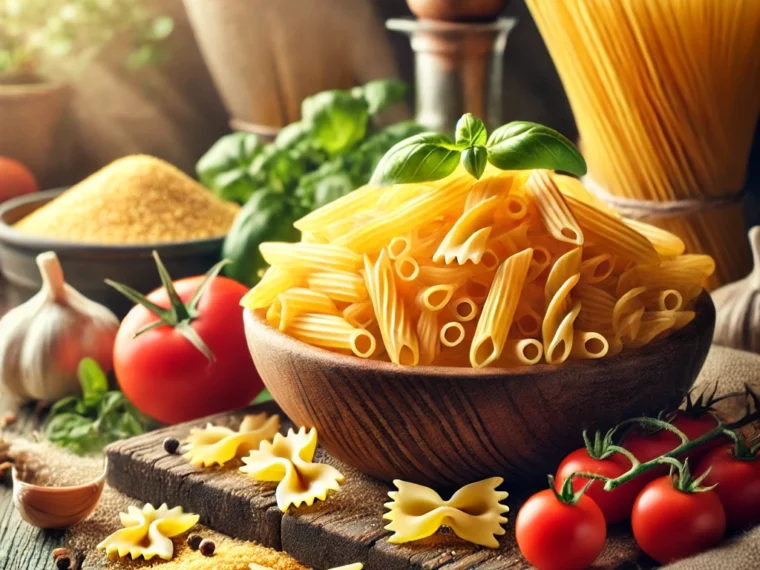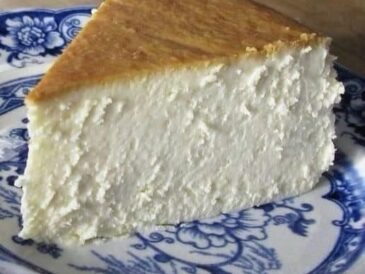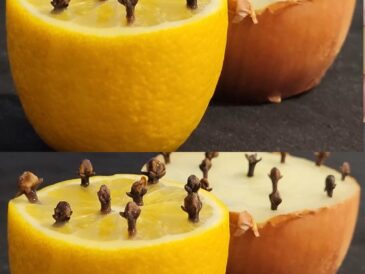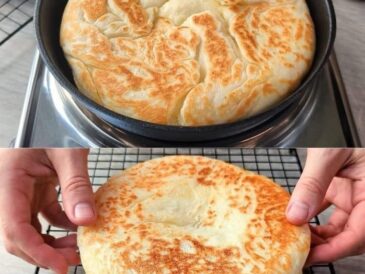When it comes to pasta, not all varieties are created equal. While most of us select pasta based on price, shape, or even brand loyalty, the color of the pasta can reveal a lot about its quality. Here’s a detailed guide to understanding how the color of your pasta can be an indicator of its excellence and which type to choose at the supermarket.
Why Does Pasta Color Matter?
The color of pasta isn’t just a visual feature—it’s a direct reflection of the ingredients and production process. High-quality pasta has specific characteristics that distinguish it from lower-grade options.
- Golden-Yellow Hue
The ideal color for high-quality pasta is a rich, golden-yellow shade. This color comes from semolina flour made from durum wheat. Durum wheat is renowned for its high protein and gluten content, which gives pasta its elasticity and the ability to hold its shape during cooking. - Dull or Pale Yellow
If the pasta appears pale or dull, it might indicate the use of lower-quality wheat or a blend of flours. This pasta may lack the firmness and flavor of premium options. - Bright or Artificial Yellow
Be cautious if the pasta is unnaturally bright yellow. Some manufacturers use artificial colorants to make the pasta more visually appealing, but this often masks the use of inferior ingredients.
How Is the Color Determined?
The color of pasta is influenced by:
- Type of Wheat: High-quality pasta uses 100% durum wheat semolina, which naturally has a golden-yellow hue.
- Processing Techniques: Authentic pasta undergoes slow drying at low temperatures, preserving its natural color and nutrients.
- No Additives: Quality pasta will have a natural color without the need for added dyes.
Other Indicators of Excellent Pasta
Color isn’t the only factor to consider. Look for these additional characteristics to ensure you’re purchasing top-tier pasta:
- Surface Texture
High-quality pasta has a rough texture, which helps sauces adhere better. This texture is achieved when pasta is extruded through bronze dies rather than cheaper Teflon molds. - Thickness
Premium pasta is uniformly thick, ensuring even cooking and better flavor absorption. - Ingredients
Check the label. The only ingredients should be durum wheat semolina and water. Avoid pasta with unnecessary additives. - Cooking Time
Quality pasta holds its shape and texture when cooked al dente. Poor-quality pasta may become mushy or break apart.
Tips for Choosing the Best Pasta at the Supermarket
TO CONTINUE READING THE ARTICLE PLEASE SEE PAGE 2




